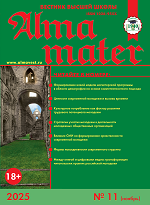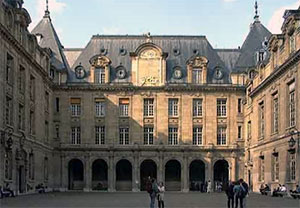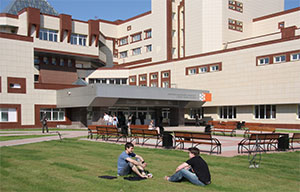Yu.V. Sorokhina
Post-graduate student at the specialty "Economics and Management of National Economy" South-Russian State University of Economics and Service
E-mail: Polina-ne@mail.ru
Analyzed is the essence of endowment fonds and rationalism of introducing of them into Russian universities to come out of “institutional trap” because of underfinancing of higher education. The author’s SWOT analysis opens a possibility to presuppose that expedient is formation of endowment fonds in Russian high schools, despite of many risks connected with their newness, that must result in raising of quality of educational and academic activity of universities.
Key words: endowment fond, “institutional trap”, higher professional education, underfinancing, sources of financing, high schools, donor
References
1. Polterovitch, V.M. Transplantation of Economic Institutions // Economic science in modern Russia. — 2001. — No. 3. — P. 24—50.
2. Levtchenko, A., Mirkhin, Ya. Charitable funds on the stock market // Analytical review of IC Eurofinance. — 2007. — P. 8.
3. Charity — [URL]: http://ru.wikipedia.org/wiki/% D0% A4% D0% B 0% D 0% BD% D0% B4% D1% 80% D0% B0% D0% B9% D0% B7% D0 % B8% D0% BD% D0% B 3
4. Medvedev, D.A. Russian universities should have different funding sources — [URL]: http://samara.kp.ru/online/news/1009809/
5. Mersiyanova, I.V Participation of Russians in cash donations: factors and level of involvement // Economic Sociology. — 2010. — No. 5.
6. Jeffrey R. Brown, Stephen G. Dimmock, Scott Weisbenner. The supply of and demand for charitable donations to higher Education // National bureau of economic research. — [URL]: http://www.nber.org/papers/w18389.











.png)






